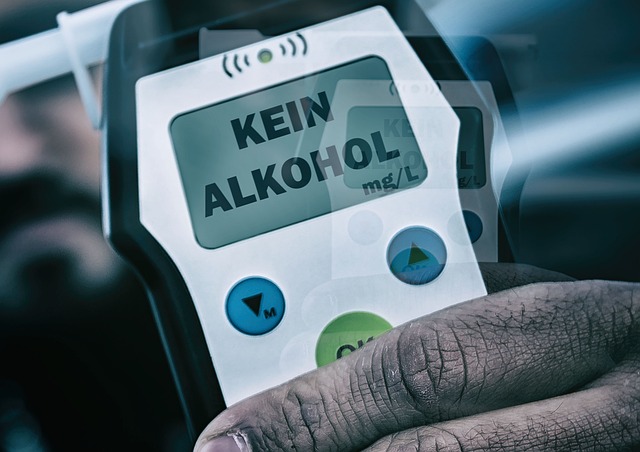Rural communities implement unique Rural Community DUI Prevention strategies due to lower crime rates and distinct societal needs compared to urban areas. These include emphasizing education, increasing police patrols, conducting awareness campaigns tailored to longer distances and limited public transport, and fostering community involvement. By combining targeted law enforcement, educational initiatives, community reporting, and partnerships between stakeholders, these measures significantly reduce DUI incidents in rural settings.
In the realm of DUI (Drunk Driving) laws, rural and urban areas face distinct challenges. While urban centers have well-established enforcement strategies, rural communities often struggle with higher rates of intoxication driving due to limited resources and lower police presence. This article delves into the key differences between rural and urban DUI laws, exploring strategies for effective prevention in remote regions. By understanding these disparities, we can foster safer rural communities through tailored interventions, ultimately enhancing overall public safety.
- Understanding Rural and Urban DUI Laws: Key Differences
- Strategies for Effective DUI Prevention in Rural Communities
Understanding Rural and Urban DUI Laws: Key Differences

In many regions, the distinction between rural and urban DUI laws can be profound. Rural areas often have less stringent penalties for DUI offenses due to lower crime rates and different societal dynamics compared to urban centers. This means that while urban communities may have more robust DUI prevention programs and stricter penalties, such as license suspensions and mandatory jail time, rural regions might offer more lenient sentences and alternative punishments.
Rural Community DUI Prevention strategies often focus on education and community involvement rather than strict punishment. Lower population densities can make it easier to target high-risk drivers through increased police patrols and awareness campaigns. Additionally, rural areas may have unique challenges, such as longer distances between locations and limited public transportation, which influence the way DUI laws are enforced and tailored to fit local needs.
Strategies for Effective DUI Prevention in Rural Communities

In rural communities, where populations are often sparse and driving distances longer, DUI prevention strategies must be tailored to address unique challenges. One effective approach is to strengthen law enforcement presence through dedicated patrols and increased random breath testing. Given the reduced traffic volume, targeted campaigns can educate residents about the dangers of impaired driving, emphasizing the long-term consequences for both individuals and tight-knit communities.
Community involvement is another key strategy. Rural residents can play a pivotal role in preventing DUI by reporting suspicious behavior and supporting local initiatives focused on responsible drinking. Building partnerships between law enforcement, community leaders, and local businesses can facilitate the implementation of safer driving practices, such as designated driver programs and public transit options, thereby reducing the incidence of rural community DUI incidents.
In understanding the distinct challenges posed by rural and urban settings regarding DUI (driving under the influence) prevention, it’s clear that tailored strategies are essential. While urban areas benefit from robust law enforcement infrastructure and public transportation options, rural communities face unique barriers such as limited access to resources and lower population densities. Implementing targeted initiatives, like community education programs and increased officer presence in rural areas, can significantly enhance DUI prevention efforts. By focusing on Rural Community DUI Prevention, we can create safer environments for everyone, ensuring that no location is exempt from the protection of sober driving practices.






